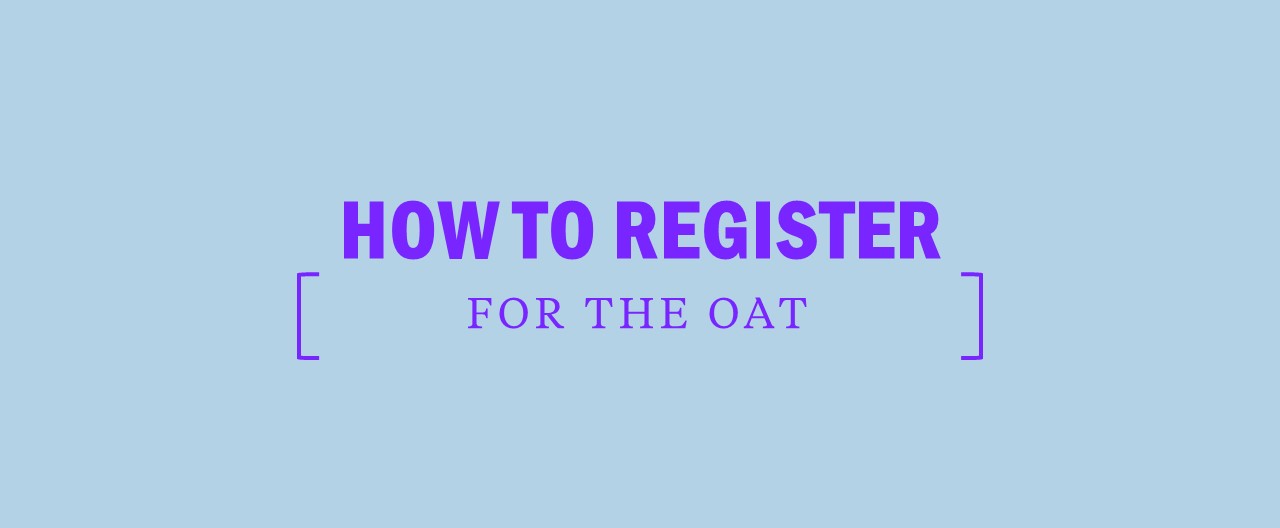OAT Quantitative Reasoning: Data Sufficiency
Data Sufficiency questions are quite different from the other questions you’ll see on the Quantitative Reasoning test. The example below shows the standard structure of this question type.

Notice that the question stem only asks if the product of x, y, and z is equal to 1. It does not ask you to solve for the values of the given variables. The question also provides two pieces of information in two separate statements. No other information is given. This is a key feature of Data Sufficiency questions: you must use the statements, not just the question stem, to determine whether the data in the statements are enough (sufficient) to answer the question.
Another distinct feature of Data Sufficiency questions is the format of the answer choices. Like we saw in Quantitative Comparison questions, all of the answer choices will be exactly the same in every question. In this case, each answer choice focuses on the “sufficiency” or “insufficiency” of the statements. In other words, does one, both, or neither of the statements provide enough information to answer the question? Since these answer choices will never change, the Kaplan Method includes an easy way to analyze the answer choices for strategic elimination.
Although these questions may seem strange at first, once you are familiar with their structure and associated tasks, they can be straightforward questions. Data Sufficiency questions are only asking you to assess whether or not you have enough information to answer the question; you don’t need to solve for specific values. As such, many Data Sufficiency questions can be solved without any arithmetic. Instead, you can rely solely on critical thinking, as these questions are focused on testing your ability to assess presented data and make deductions from that information.
While data sufficiency questions appear to test you on basic arithmetic concepts like multiplication, addition, and inequalities, they often require your knowledge of less explicitly mentioned topics, such as number properties. For example, in the example above, it is easy to assume that x, y, and z are integers. However, the question does not provide any information to prove this assumption. Never assume that variables are integers or even positive numbers unless explicitly stated.
[ RELATED: What’s a good OAT score? ]
THE BASIC PRINCIPLES OF DATA SUFFICIENCY
Especially because this question type is more abstract than Problem Solving, it’s essential to have a strategic approach to every OAT Data Sufficiency question. Don’t waste time or mental energy doing unnecessary calculations. A systematic approach will ensure that you find the most efficient solution to the problem and that you make as few careless and avoidable errors as possible. Here are some ways you can optimize your Data Sufficiency performance.
Know How to Eliminate Data Sufficiency Answer Choices
If Statement (1) is sufficient, the answer could only be (A) or (D). Eliminate (B), (C), and (E).
If Statement (1) is insufficient, the answer could only be (B), (C), or (E). Eliminate (A) and (D).
If Statement (2) is sufficient, the answer could only be (B) or (D). Eliminate (A), (C), and (E).
If Statement (2) is insufficient, the answer could only be (A), (C), or (E). Eliminate (B) and (D).
Using the mnemonic device 12TEN will help you keep track of these answer choices, allowing you to attack the question more efficiently and avoid considering an answer choice you’ve already ruled out.
You also want to avoid a common mistake on Data Sufficiency: choosing (C) when the answer is actually (A), (B), or (D). Remember: if either statement by itself is sufficient, then of course the two statements together will also be sufficient, since the statements are always true and never contradict each other. But (C) can be correct only when each statement alone is insufficient and combining the statements is necessary to obtain sufficiency.
You should consider the statements together only if each is insufficient on its own. When you evaluate the statements together, keep in mind that each statement is true.
Know the Two Types of Data Sufficiency Questions
There are two broad types of Data Sufficiency questions, and they play by slightly different rules. The two types are Value questions and Yes/No questions. First, you need to determine which type of question you’re dealing with, since this will determine your approach.
The Statements Are Always True
The statements are new pieces of data that apply to the problem and are always true. Don’t waste time trying to verify a statement.
The fact that the statements are always true has an important corollary that will help you catch careless errors: the statements will never contradict each other. Although they won’t always be sufficient to answer the question, they’ll never be mutually exclusive. If it appears that two statements are in disagreement with each other, you should recheck your work, because you have made an error.
It is All About the Question Stem
On Data Sufficiency questions, if you rush past the question and dive into the statements, you risk doing a whole bunch of unnecessary—and possibly misleading—math. It’s essential that you understand the question stem before you analyze the statements. The more analysis and simplification you do with the question stem, the easier dealing with the statements will become.
Get into the habit of thinking about what’s needed for sufficiency, rather than doing arithmetic calculations. One of the ways that the test can make a Data Sufficiency question harder is to make the numbers scarier. But if you aren’t worrying about arithmetic, you won’t be fazed by this.
[ NEXT: OAT Quantitative Reasoning: Quantitative Comparisons ]

